Reader Questions: Set The Stage.
I know, I know. I suck at this. Finishing this house has taken up nearly all of my time, and I've fallen behind with The Power Company, not to mention my own training. I'm doing enough to maintain, and that's all I can expect right now. Gotta change priorities sometimes, I suppose.
However, I can see the light at the end of this tunnel now (we'll be moved in by Christmas), so I'm ready to bang out a few posts. They've been rattling around in my brain for weeks, waiting for a few minutes of down time to escape.
Before I let them out, I'm gonna answer a recent reader question that I sadly neglected. This question came in 20 days ago, and I just saw it today. I'd better get on the ball. Adam, my apologies.
AdamB315 said...
Hey,
I really enjoy your blog and have taken advantage of the insights within it, but I wanted to ask a question. I'll start by bitching: I live in the Sacramento area, and my gym sees a very minimal effort in route setting. Frustrating since the other gyms in the chain, most of which are located close together in the bay area, see a much more regular setting schedule. Also frustrating because psych gets pretty low when things stay up for 4 months. There are little spurts of newness here and there, but these are generally climbed out within 1-3 sessions and then it's same old same old. I'm the kind of person that needs a project to maintain psych, especially at the facility in which I train. I've had the good fortune to have not only a few excellent projects on plastic lately, but a stretch of good weather in Yosemite to keep me extremely motivated. As a result, projects got sent both outdoors and in, and I feel strong and want to keep the train going. The problem, I realized as I wandered around shiftlessly in the bouldering cave last night trying to find something (anything) that wasn't old and greasy, was that I wasn't unmotivated to find a new project, but that the lack of effort in the setting was smothering my motivation. I bitched and moaned to friends only to find out they felt the same way.
Do you have any suggestions as far as conquering these stagnant plastic doledrums? I've tried a few things, such as setting my own routes, which never seem hard enough. The folks that I climb with are a generally motivated bunch, but even the group psych is not enough to surmount the staleness of the old problems. I'm open to pretty much anything at this point, and before you ask, we've all (and by all, I mean all the regulars at the gym) have been voicing our opinions to management with seemingly no effect.
Thanks for reading, I know it was a long one.
Man, Adam, I feel your pain. Until recently here in Cincinnati, a difficult problem in the gym meant fewer feet and bigger reaches. There was little creativity in the setting, only big jumps to good holds, or ladders of tiny holds. My motivation to boulder was completely absent. To add to the issues here, there just aren't many people climbing above the V10 level on a regular basis, so really hard, good projects are tough to come by.
You mentioned that you've tried setting for yourself. Again, I feel your pain. It's hard to learn to set a problem that is at just the right level of difficulty, with interesting movement that doesn't just cater to your strengths. For the first million times I tried, I failed. The problems were always too easy, or had the same movement as the last failed problem I set. Through stubborn persistence and lack of options, I've hit upon a few methods, tips, and tricks that I follow to create challenging problems that can hold my attention.

1. Make It Ludicrous.
I've found that when setting for myself, I nearly always underestimate my ability. A hold I think is going to really suck on the 45 degree wall ends up being too easy to use. Ditto with most of the holds I choose. To remedy this, I often pick out a few holds, and then find similiar holds that are much worse. Holds I think are going to be WAY over my head. I put the original set back and use the terrible holds. More often than not, they're more usable than I imagined.
2. Forget The Feet.
I often hear setters saying, "I might need to move the feet to make it doable". Frustrated climbers often say "It needs a foot right here." I've never been able to move the feet on an outdoor problem, so why should I in the gym? What's happening is that people want to climb in the positions that they're comfortable using. However, most of the memorable gym problems I've done have required of me to learn something entirely new. How can we possibly set a position we don't even know? Tracking. I often set problems that have a few small feet for the first few moves, but move to exclusively tracking soon after. It takes me out of my comfortable, efficient positions, and forces me to be more powerful and more creative. If your problems stray from the plumb line variety, tracking can really show it's worth in new, fun positioning.
3. Tiny Holds, Big Feet. Big Holds, Tiny Feet.
If you feel like you want to use smaller holds for a problem... smaller holds than you can normally use... then try using bigger feet. You'll have to be creative so as not to allow the climber to use the bigger feet for handholds. This method works especially well if the handholds you're using are less than positive, as you'll be forced to pull harder on the incut feet.
On the flip side, if you want to work on core and keeping your feet on without losing more skin, then use bigger hands with smaller, less positive, more distant feet. Turn the holds so that jumping from jug to jug isn't an option, and force yourself to get stretched out while keeping your feet on.
4. No Wrenches.
A couple of years ago I sat at the Rodeo Wave wall in Wild Iris with BJ Tilden, Leif Gasch, and a few other friends. The easiest route on the wall, and best warm up option, is also the worst. Even though those guys had climbed on that wall for 10 years, Leif tied in and on a whim, linked the bottom of the 12c warmup to the top of the 13b next to it to create an obvious 12a with great movement. It was there waiting, all along.
Forget going into the hold closet, picking out all the newest, coolest holds. Forget planning a problem for days before you choose the holds. Instead, use what's already there. Many of my favorite problems have been bastardized versions of problems that are already up. Link up bad holds or hard moves. Sit around with your crew and just be ridiculous with your suggestions. You'll suprise yourself.
5. Get A Tall, Strong Friend.
No joke. If you just absolutely suck at setting for yourself, then find a tall, strong guy to set problems for you. Our local albatross setters, Kory and Andrew, set some of my favorite problems. Most of the people my size complain about how "reachy" they can be, but it forces me to climb taller and get stronger. I can't always use their beta, but I can almost always find a way to make the problem work for me.
Hope that helps, Adam. If you have any tips of your own after you get yourself psyched again, let us know!


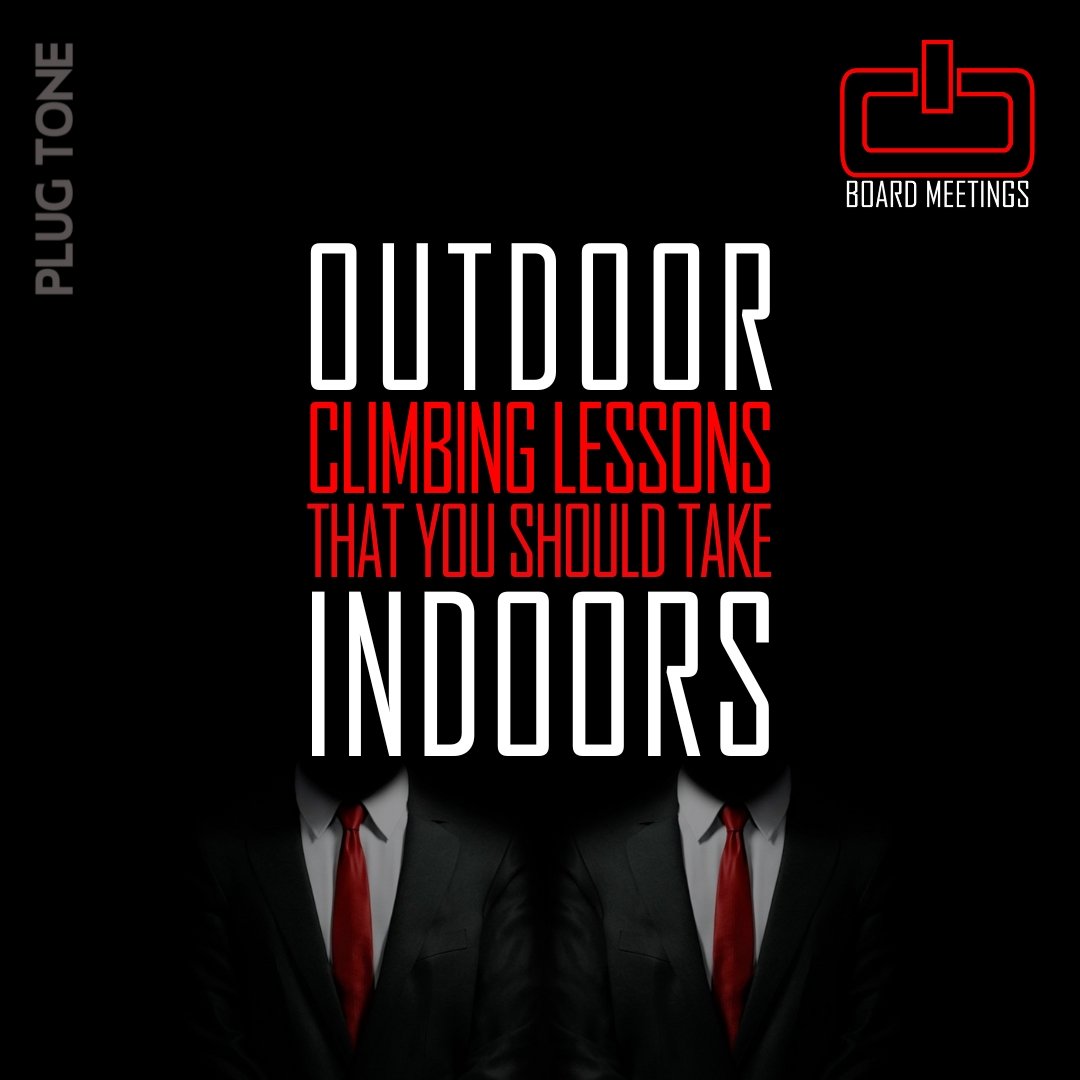
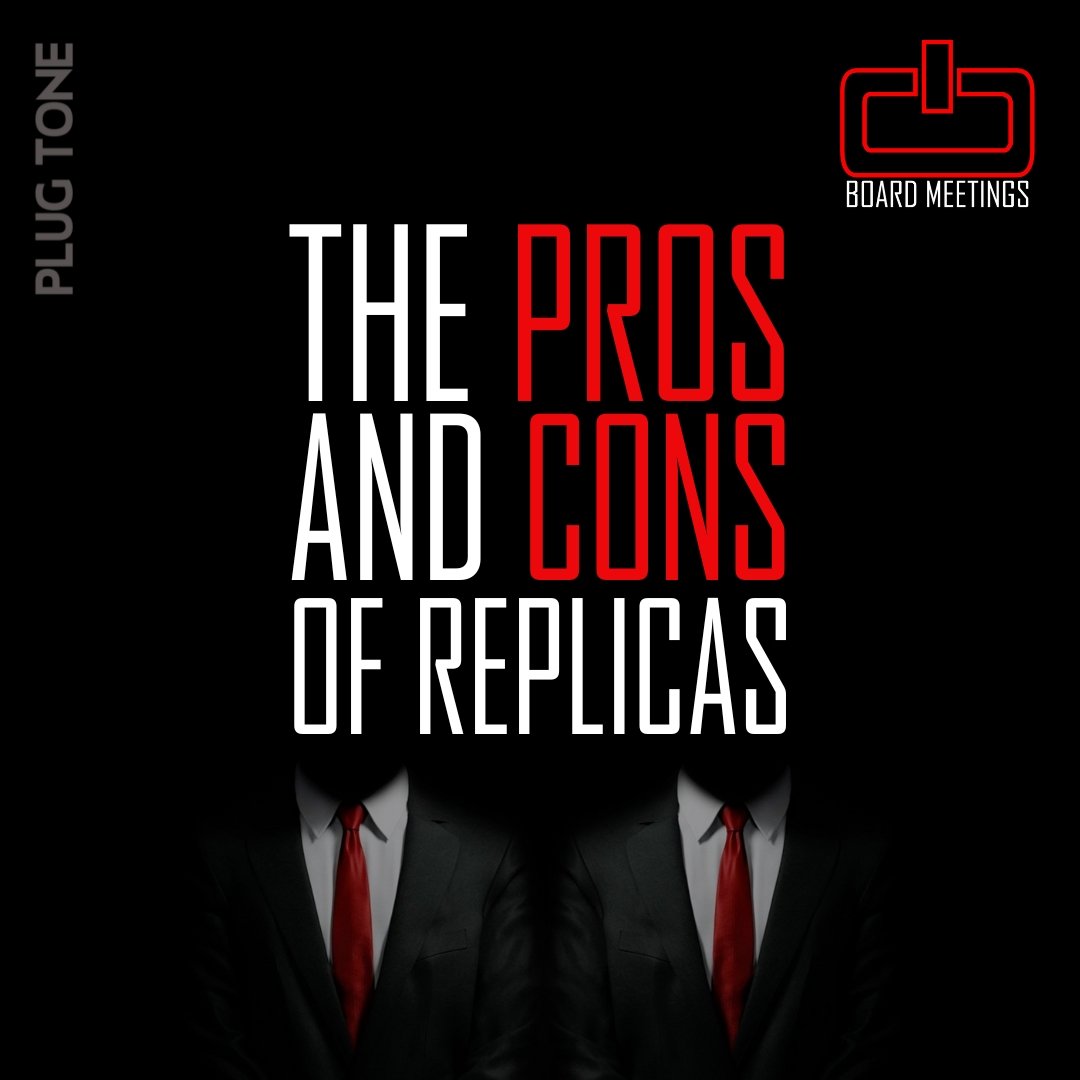


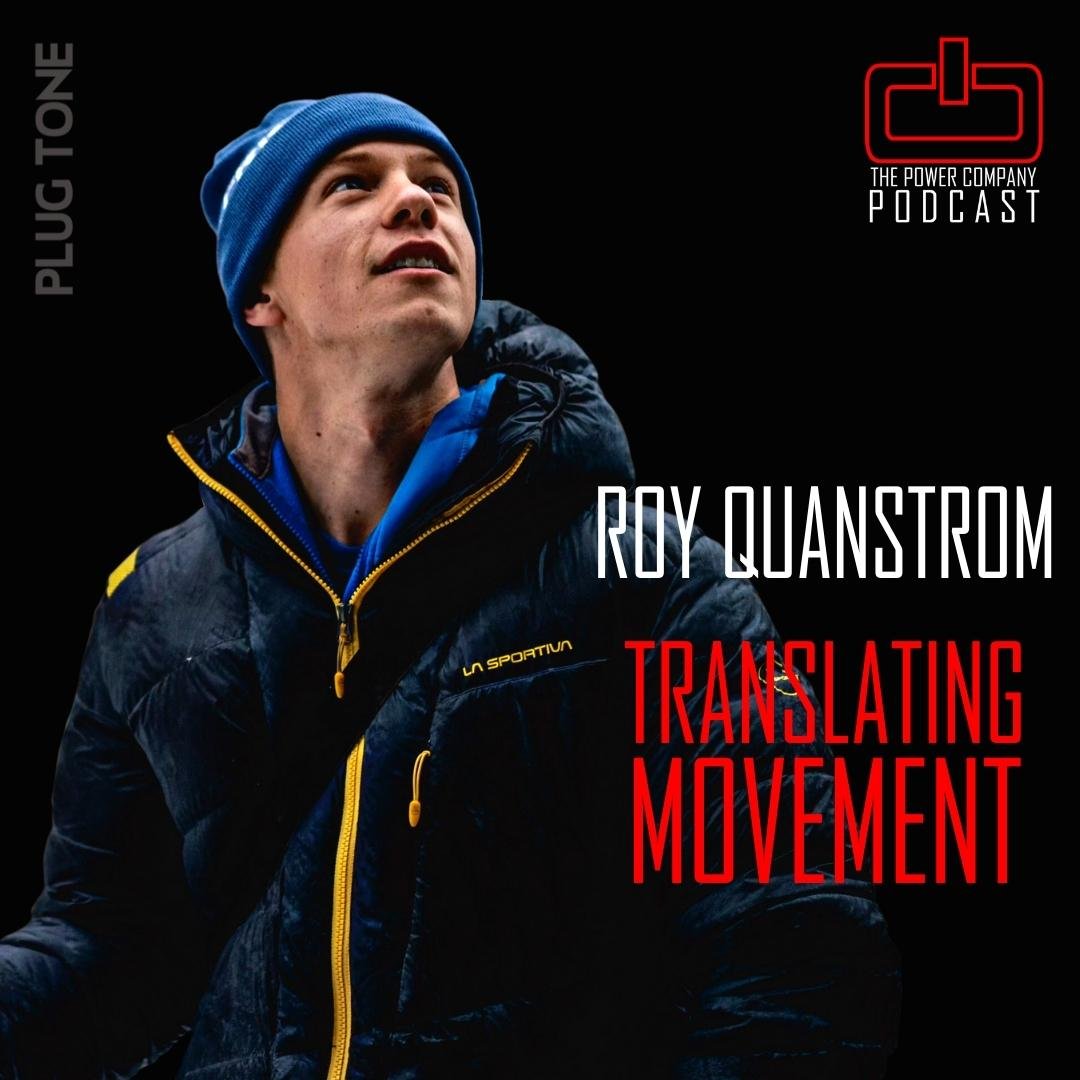
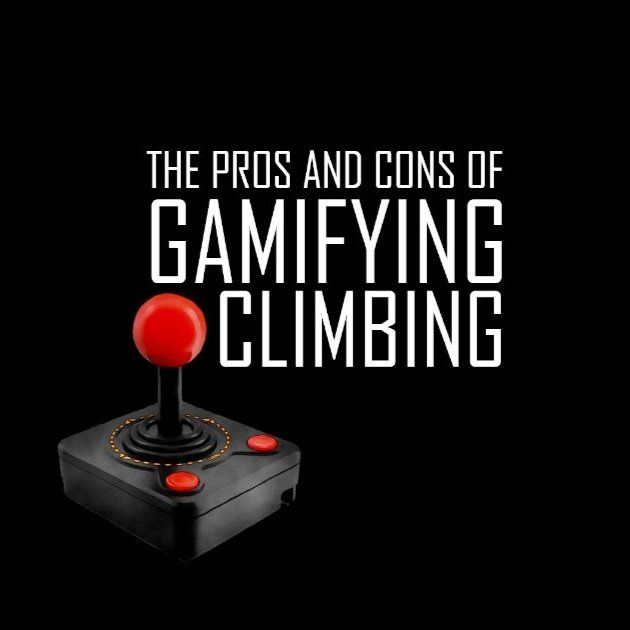




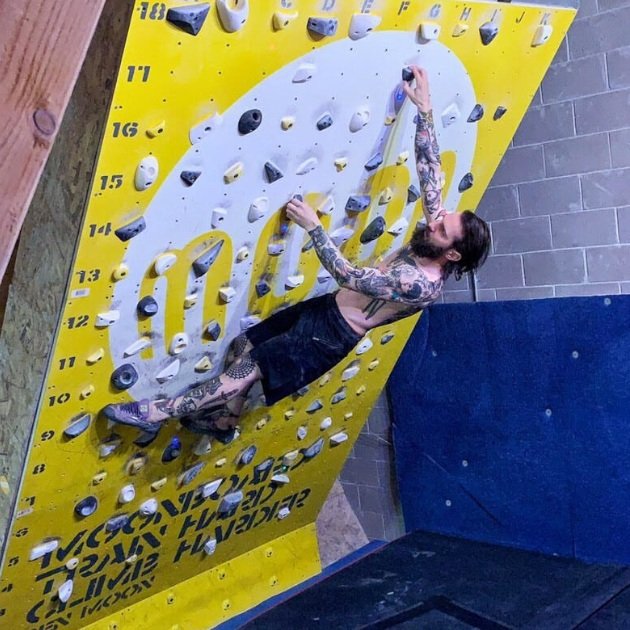













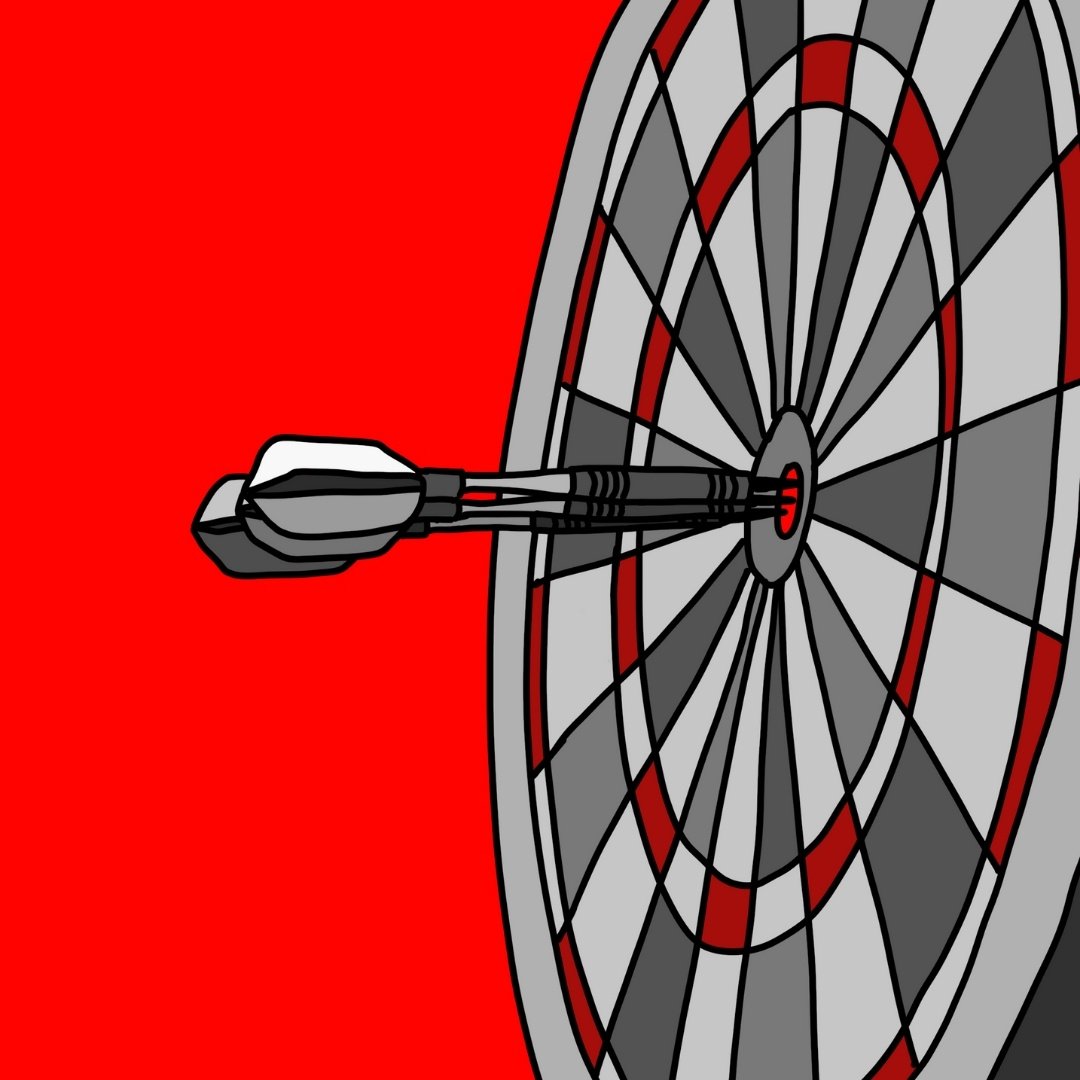


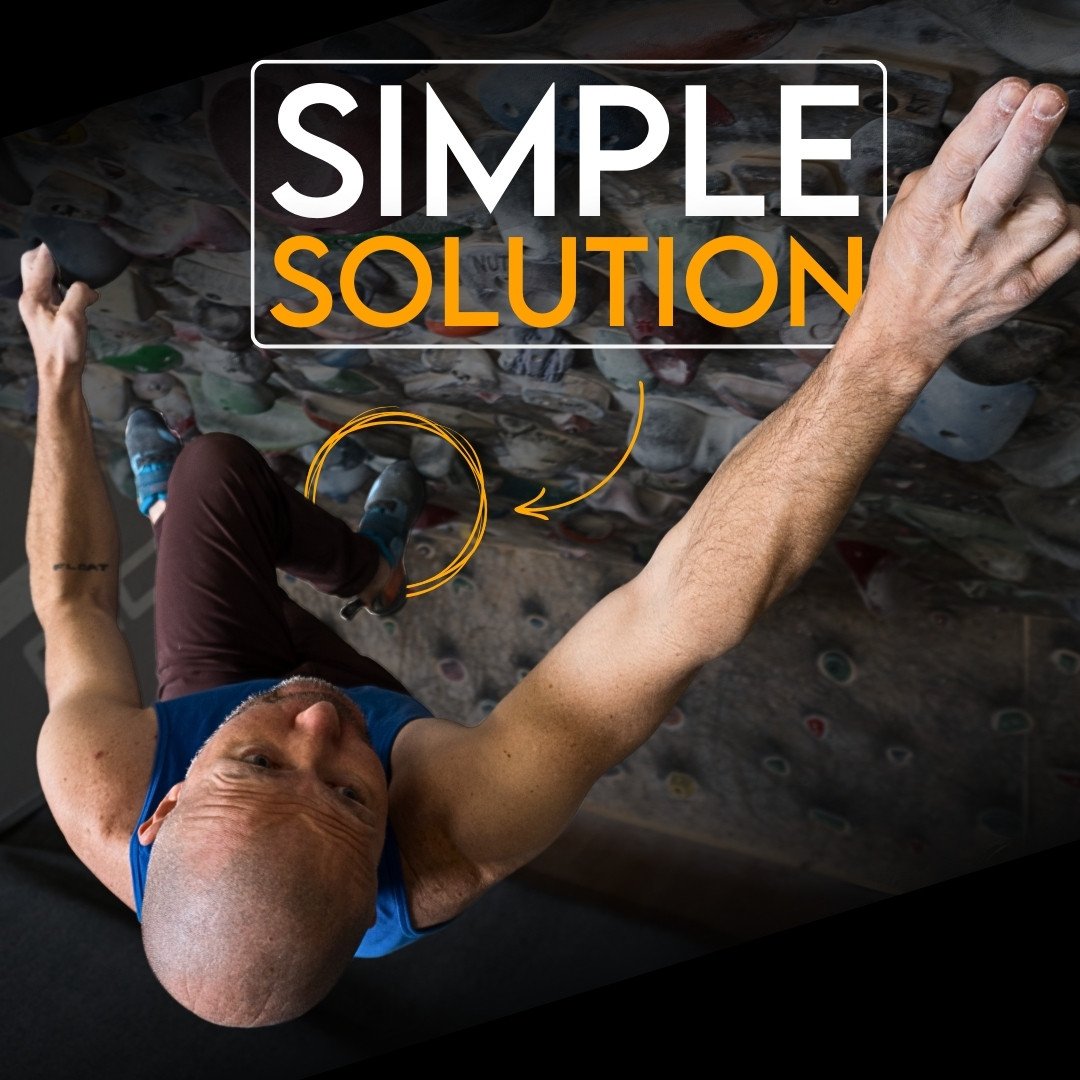

There's a time and place for using beta videos, but in the gym?